Analysis Services
X Double Dot provides analysis services to guide the design of precision dynamic systems. We utilize both classical and computational methods to offer cost effective solutions, based on the complexity of the problem and required accuracy. And, we often employ combined methods for challenging problems requiring complex pre- or post-processing to deliver concise results.
Classical Analysis
We perform a wide variety of classical analyses, from back of the envelope calculations for rapid concept development to detailed analysis for bounding problems, optimization or mixed domain analyses not well suited for computational methods. Some examples of the analyses we can offer are:
- Bearing performance such as friction, stiffness, and accuracy for rolling element or hydrostatic bearings
- Kinematic performance of flexures, linkages and repeatable connections
- Dynamic response due to wind or other disturbances, including systems with feedback based control
- Test data analysis, included filtering, frequency analysis and statistical processing
- Calibration model analysis, including simulations for performance predictions and performance assessments with test data
Computational Analysis
We also employ state of the art tools for computational analysis for a range of static and dynamic structural analyses. We utilize Siemens FEMAP for solver neutral pre and post processing for compatibility with client workflows. Some of the analyses we perform are:
- Static Finite Element Analysis (FEA) for stress and deflection under multiple loading conditions
- Structural optimization for strength, stiffness or dynamic performance
- Dynamic response to excitation spectra and modal analysis
Combined Analysis
Our specialty is combined analysis for turnkey solutions to complex analytical problems. Some of the problem types we handle are:
- Response of actively controlled structures to excitation spectra
- Generation of FEA based plant models for control system development
- Complex post-processing to reduce large data-sets to a single figure of merit
Examples
Structural Performance Verification
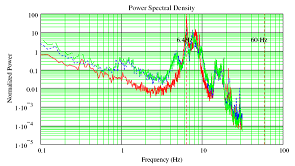
Data from the mirror support system was used to quickly and inexpensively confirm basic structural performance metrics. Broadband excitation from wind buffeting on the telescope enclosure allowed early verification of analytical predictions for major resonances and damping ratios.
Wheel and Track Azimuth Bearing
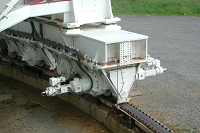
Analysis of wheel and track bearing and drive system with a nominal wheel loading of 300 tons each. Design included custom gearing and power transmission features, and close attention to Hertzian stresses at the wheel/track interface and within the composite track structure to assure accuracy and long-term reliability.
Radio Telescope Deformation Analysis
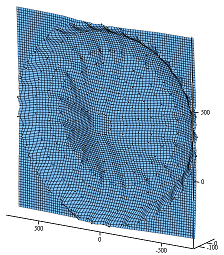
Analysis utilized FEA point cloud data to quantify expected system performance at sub-millimeter wavelengths as function of elevation angle, with allowances made for system pointing and focus correction. Graphical error plots allowed structural designers to make rapid improvements to distortions indiscernible from raw deformation plots due to masking by large correctable deformations.
Stuctural Analysis of Gimbal
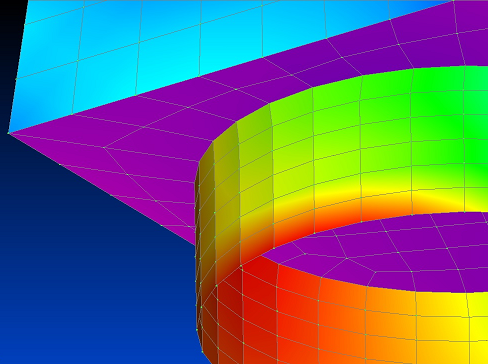
Stuctural analysis of optical gimbal examined stress and deflection under given load conditions. Dynamic analysis identified natural modes and transfer functions between drive motor inputs and beam direction for the development of control system compensation and tracking performance estimates.
Time Domain Wind Simulation
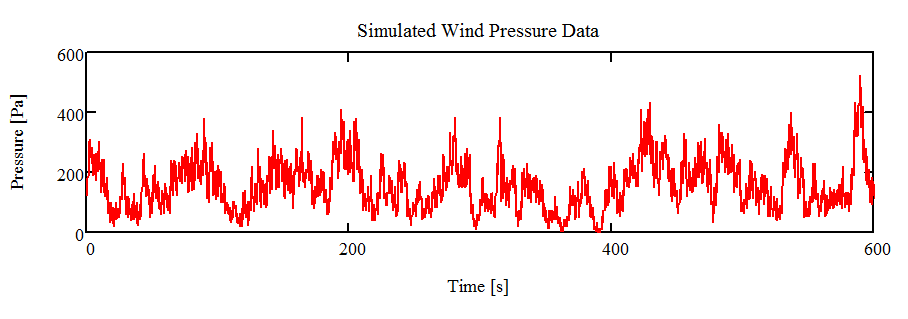
Time domain simulation data of wind pressure acting on a gimbal structure. Simulation was used to predict the effect of wind disturbance on the tracking accuracy of the system, including partial inertial compensation.
Radar Beam Distortion Modeling
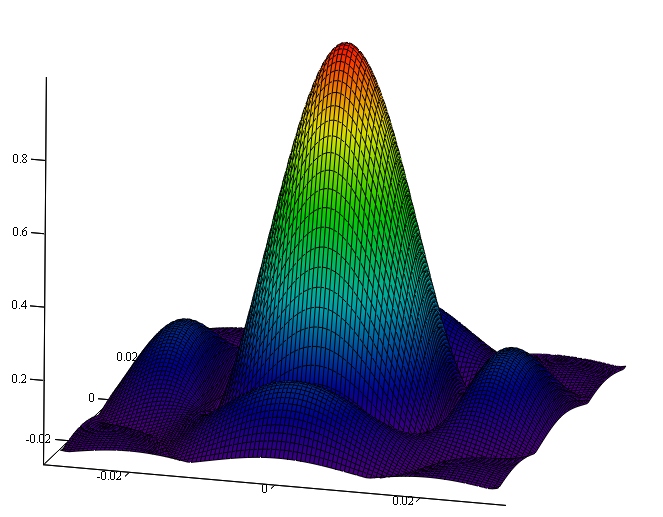
Model of distorted beam profile resulting from mechanical deflection of a radar array. Analysis used deflected point cloud data provided by client FEA, and simulated the target centroiding algorithm to determine the overall angular tracking error resulting from array deflections.
